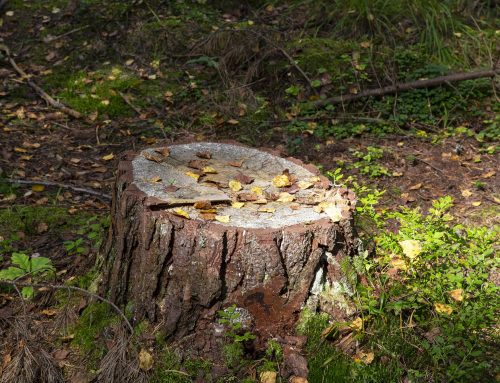Trees provide numerous benefits, from shade and aesthetic appeal to environmental sustainability. However, when branches from a neighboring property start encroaching on your space, it can lead to concerns and potential disputes. Understanding the responsibilities and liabilities regarding overhanging tree branches is crucial for maintaining harmonious relationships with your neighbors and ensuring the safety of your property. In this article, we will explore the topic of the responsibility for overhanging tree branches and address related issues such as tree root damage, property boundaries, and more.
Determining Responsibility for Overhanging Tree Branches
When it comes to overhanging tree branches, the general principle is that a property owner has the right to trim branches that extend into their property. However, there are a few essential considerations to keep in mind. First, it’s important to establish whether the tree in question is located on your property or your neighbor’s property. This can be determined by examining property surveys, boundary lines, or consulting with a professional surveyor if needed.
In Florida, a landowner cannot be held liable for any perceived nuisance caused by overhanging branches and roots from trees on their property. However, the adjoining property owner has the legal right to trim back any encroaching tree roots, branches, and vegetation at their own expense, but only up to the property line. This allows them to maintain their property while respecting the boundaries between properties. It’s important to understand these legal rights and obligations to ensure a harmonious relationship between neighbors.
Responsibility for Maintenance of Overhanging Tree Branches
As a property owner, it is typically your responsibility to maintain the trees within your property boundaries. This includes trimming branches that overhang onto neighboring properties. However, it is advisable to approach this situation with caution and open communication. Before taking any action, it is recommended to discuss the issue with your neighbor and seek their consent or cooperation. Cooperative resolution can often prevent conflicts and maintain good neighborly relations.
Liability for Tree Root Damage
In addition to overhanging branches, tree roots can also cause concerns. If a neighbor’s tree roots damage your property, the legal principle is generally that you have the right to remove the encroaching roots. However, it is crucial to approach such matters with care and consider seeking legal advice if necessary. Laws regarding liability for tree root damage can vary, so it’s essential to understand the specific regulations in your jurisdiction.
Planting Trees and Property Boundaries
When it comes to planting trees near property lines, it is recommended to maintain a safe distance to avoid future conflicts. The exact distance may vary depending on local ordinances and regulations. It is advisable to consult with local authorities or zoning departments to determine the specific guidelines for your area. By adhering to these guidelines, you can minimize the chances of disputes arising from overhanging branches or root damage in the future.
In situations where overhanging tree branches become a source of concern or potential conflict, seeking professional assistance can provide peace of mind and expert guidance. If you find yourself in need of tree trimming services or advice on property boundaries and tree maintenance, consider reaching out to our experienced landscaping company. Our team of skilled professionals can assess the situation, provide expert advice, and handle any necessary tree trimming or maintenance tasks efficiently and safely. Don’t let overhanging branches overshadow your property and relationships – contact us today for reliable and professional assistance. Your trees and your neighbors will thank you!





